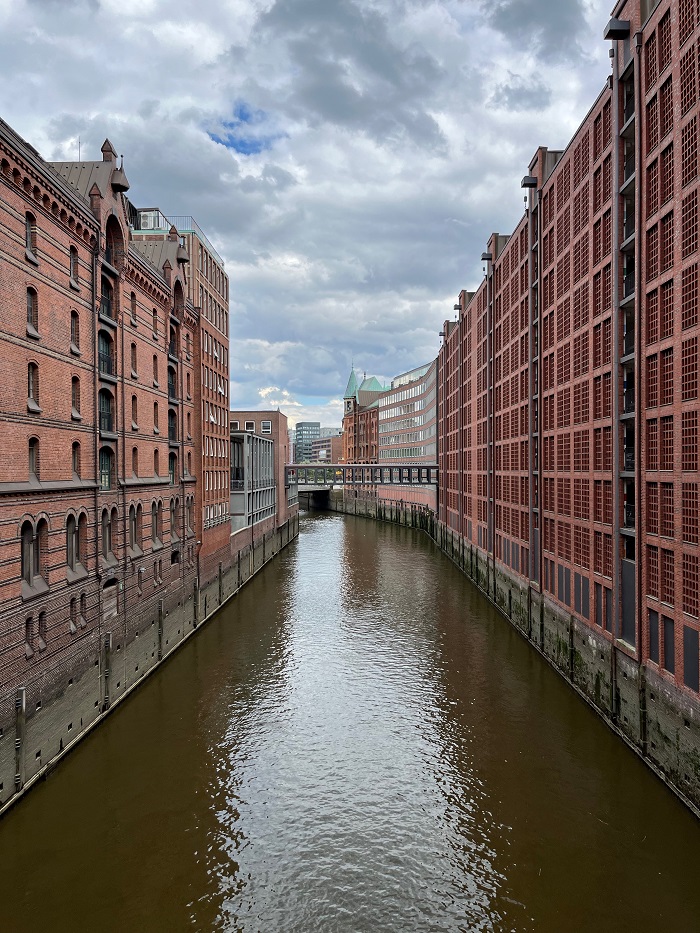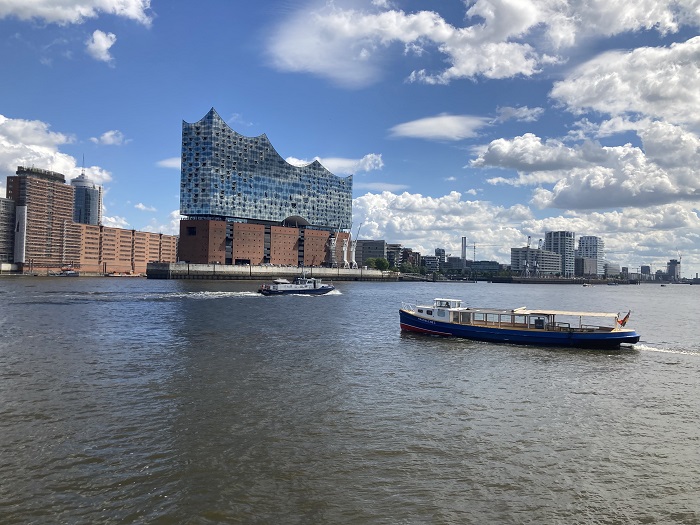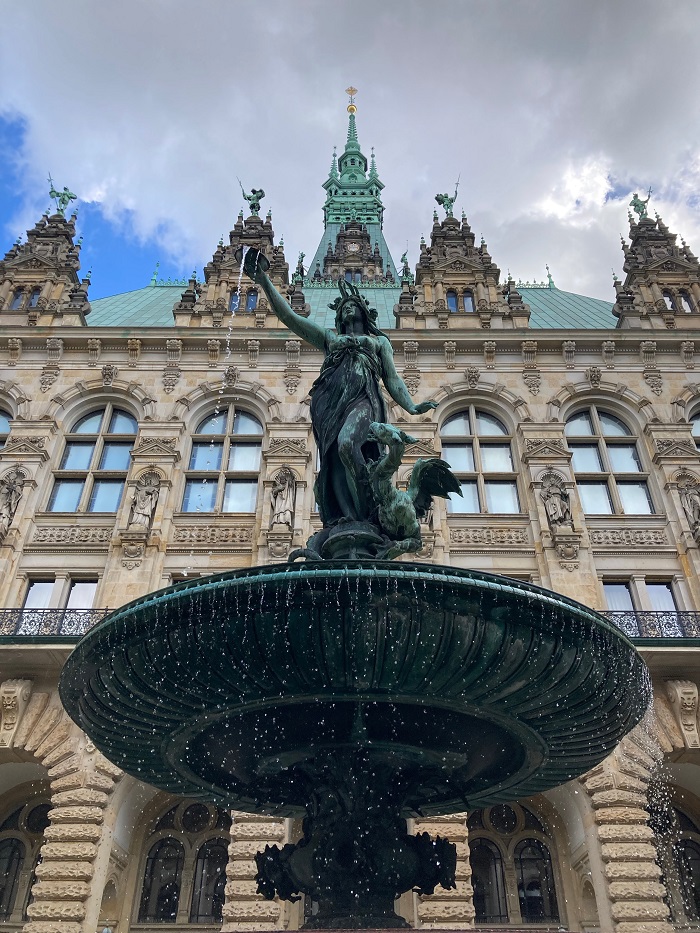Remarkable history, captivating architecture, and modern life make Hamburg a pearl in the north of Germany.
The Second World War, as in the case of many other German cities, affected the lives of people and the appearance of Hamburg in a fundamental way. Fights, deportations of so-called inconvenient people, and destructive attacks by Allied troops in 1943 turned the port power into ruins. Nevertheless, it managed to undergo a great revival and today it belongs to important multicultural cities. Although only about 25% of the buildings from before the war period have been preserved, new ones have been created complementing the exceptional color of the city today.

Number One Bridge Spot
With more than 2,500 bridges, Hamburg, a maze of rivers and canals, is a city of nooks and crannies that can be explored endlessly. By the way, thanks to the number of bridges, it boasts being number one in Europe. If, as a tourist, you like to admire the city by bike, Hamburg offers great opportunities. As part of exploring and strolling around Hamburg, the Hamburger Kunsthalle should be a must-see for every art lover. Its collection is full of exceptional works, from old masterpieces to contemporary creations. The museum is even one of the most important in Germany.

Architectural Gems
The Kontorhausviertel, a district of Hamburg, is definitely worth a visit. Stunning architecture in Brick Expressionism from the 1920s indicates a transformation into the modern period. This district was problematic after the devastating fire in Hamburg in 1842 and, in particular, after the cholera epidemic in 1892, so it was finally decided to rebuild it. The result was also the resettlement of its inhabitants, the existing streets expanded and new ones were created. The most dominant building of the new district became the Chilehaus, designed by Fritz Höger and, along with other buildings in the Kontorhausviertel, was inscribed on the UNESCO World Heritage List. The characteristic architecture made of clinker bricks is truly picturesque. Other important buildings in this district are Miramarhaus, Sprinkenhof or Montanhof.

Together with the Kontorhausviertel, the nearby warehouse complex in the Speicherstadt district is part of the UNESCO cultural heritage and is one of the most attractive parts of Hamburg for tourists. Several water canals flow between the warehouses and the view of them can create in a person a quite vivid idea of how the store used to work, how coffee or carpets were stored. Some buildings still serve as warehouses, others were turned into various museums.
Symphony of Shapes
Perhaps there is no more interesting concert building than the Elbphilharmonie, whose symbolically designed roof waves like a sea wave. The fascinating building was built on the roof of a former warehouse and the music sounded for the first time in January 2017. The construction was supposed to be completed a few years earlier and for less money. The founding company, which also faced criticism, managed to finish the project and everyone remained enthusiastic after its inauguration. The impressive concert hall can accommodate 2,100 visitors. Thanks to its clever shape and layout, no one is more than 30 meters away from the stage. The hall’s phenomenal acoustics are attributed to renowned acoustician Yasuhisa Toyota, founder of Nagata Acoustics, who has been involved in over 50 projects worldwide.
The Elbphilharmonie features a luxury hotel, apartments, restaurants, bars, and a spa. The upper Plaza offers a stunning view of the city, and reaching it is an interesting experience thanks to the 82-meter escalator. On top, there’s a shop with souvenirs, CDs, and books, as well as a place to enjoy coffee, tea, and desserts.

A New Purpose
In Hamburg, there is also the remarkable Bunker St. Pauli, built by forced labor for 300 days in 1942. Despite the gloomy history, the Hamburgers were able to use this huge 35-meter-high and 75×75-meter-wide building and transform it into an interesting and useful structure. In the summer of 2024, the bunker with the new concept was opened to the public. And you’ll be surprised by what you’ll find there.

From a distance, you can see the lush greenery not only on the roof of the large bunker but also around it. The intention was to create a pleasant public garden space with a 58-meter sidewalk. The path, surrounded by various plants, offers a unique experience, and as you ascend, you can enjoy captivating views of the surrounding city. The rooftop view is definitely worth to see. Similar green roof projects are becoming increasingly popular and often present a challenge for architects. Additionally, the bunker houses a hotel, café, restaurants, and a nightclub with live music.
But perhaps the most important part of the new project is the local memorial and exhibition of Germany’s burdensome past, which documents the history of this place and the people who suffered a lot during World War II.

Text: Miriama Vojteková, photo: Tibor Kurák















































































